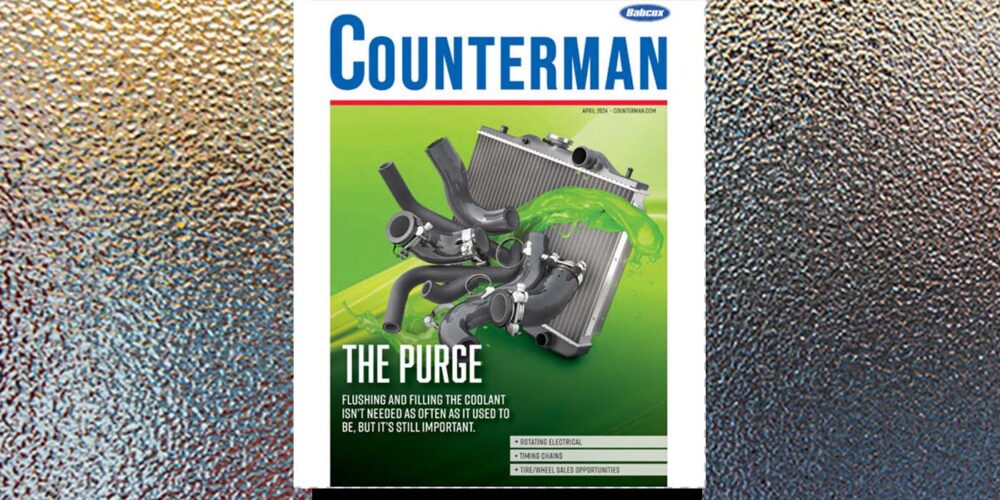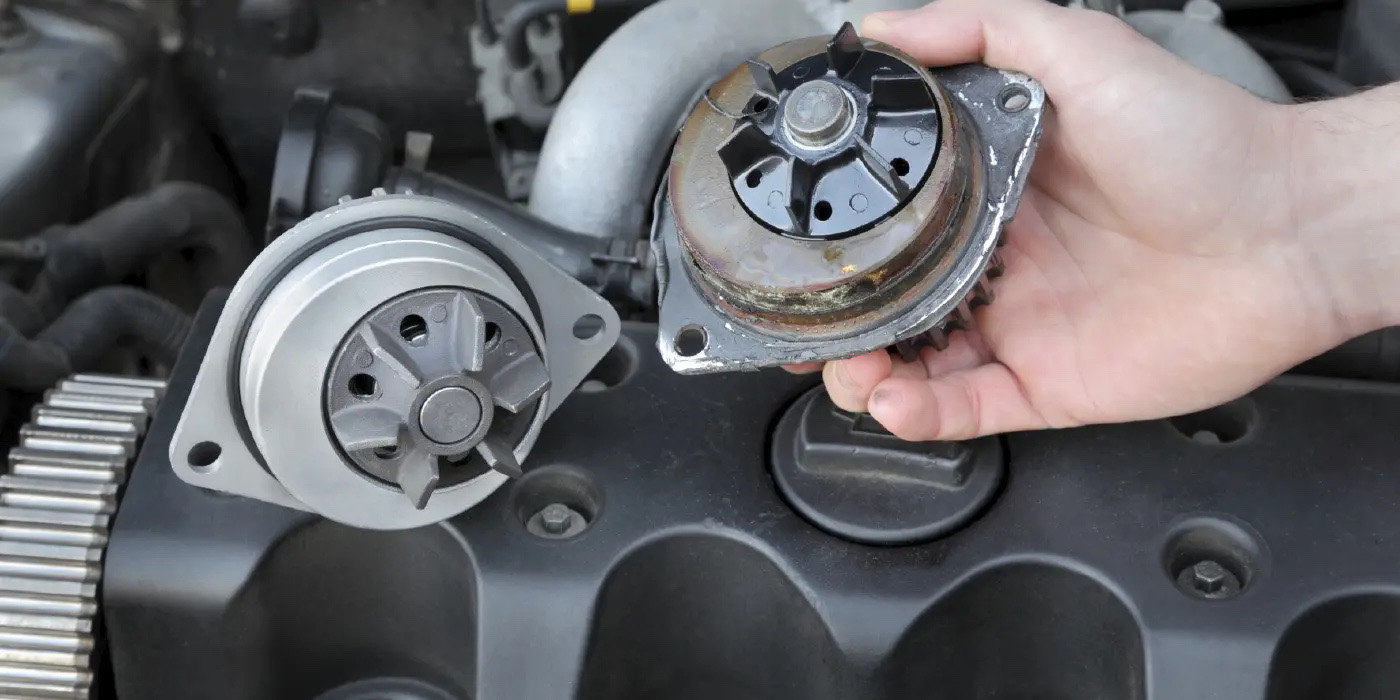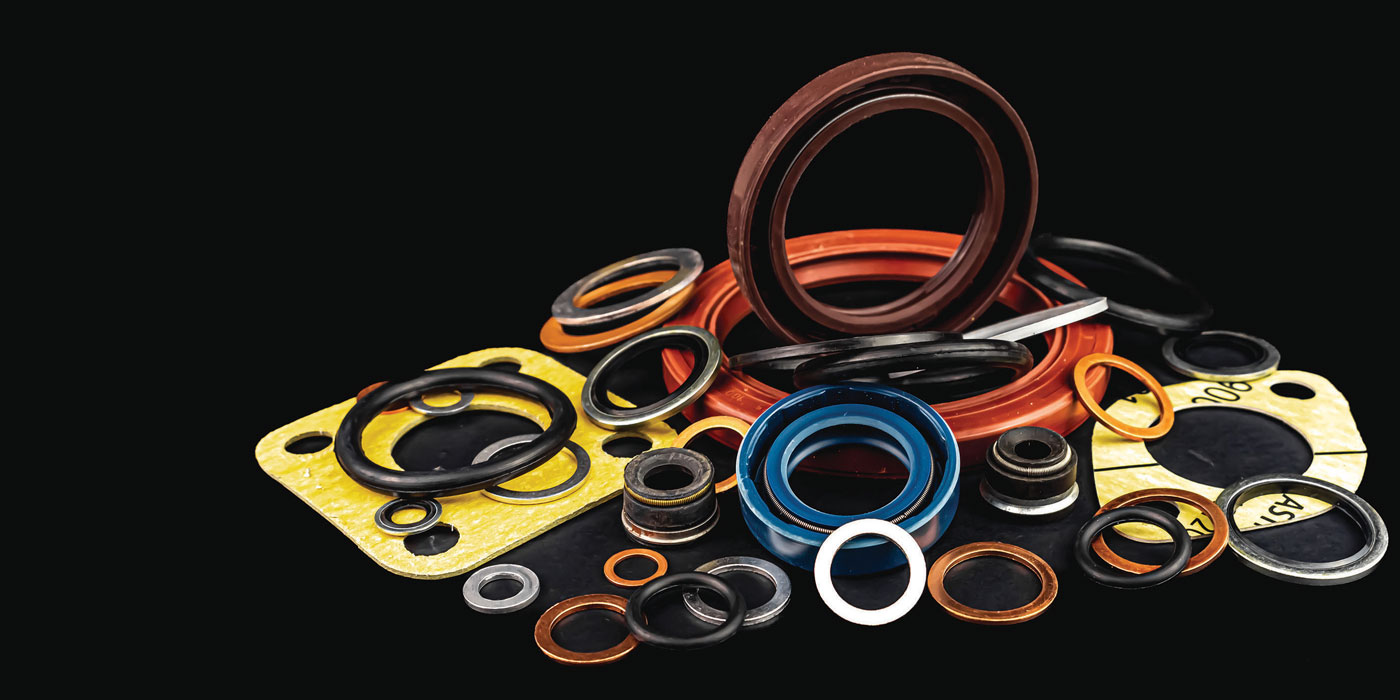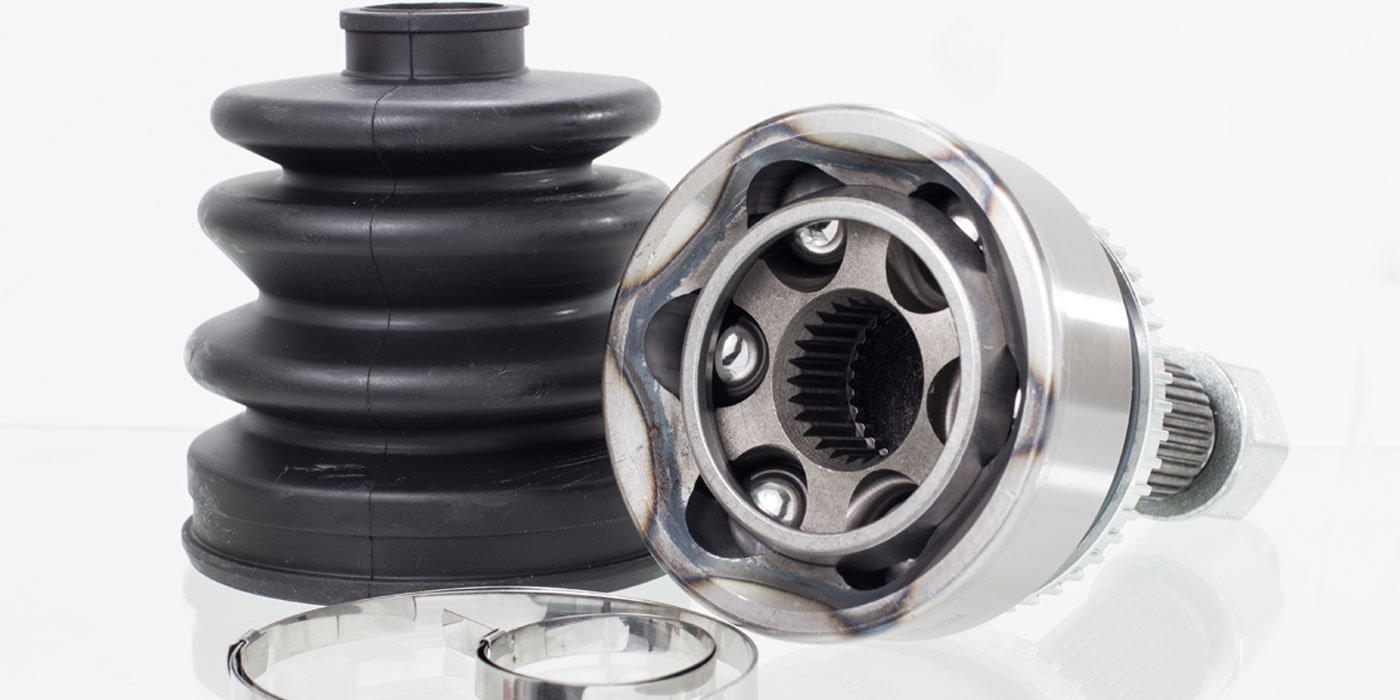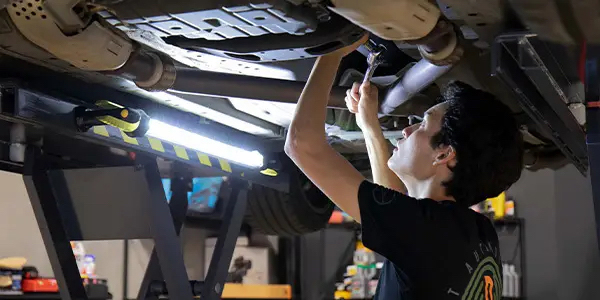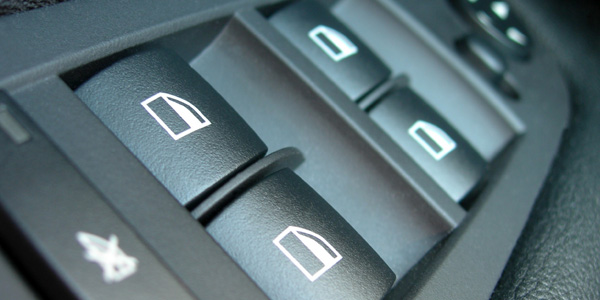
Nothing is more aggravating than to have a power window that won’t roll down or go up. It’s usually the driver’s window because the driver’s window gets the most use (drive-thru fast-food restaurants, drive-up ATMs and bank tellers, tollway booths, etc.).
The type of drive mechanisms that are used to roll a window up and down will vary with the application. The regulator mechanism may be a cable and motor, a plastic belt and drive wheel or a gear-driven slide linkage. Some mechanisms are more durable than others. Plastic gears, slides and strips can wear or crack, especially during cold weather when plastic becomes brittle.
All types of mechanisms rely on a small electric motor to provide the motive power to move the window. If the brushes or bearings inside the motor become worn after years of use, or the motor windings short out or burn out, the motor may cease to function, leaving the window inoperable.
Of course, many power window failures have nothing to do with the regulator mechanism or motor. The relay or module that provides power to the window motor may fail, or the door switch that tells the window to go up or down may fail. A blown fuse from a momentary overload or a short in the wiring also may prevent the power windows from working. Another possibility is that something is preventing the window from sliding up or down in its guide channels. There may be debris inside the door, or the guide channels may be misaligned, loose or bent.
A window regulator or motor should not be replaced until the entire system has been inspected to pinpoint the fault. If there is no sound when the power window switch is moved up or down, an electrical fault is the likely cause (bad motor, bad switch, bad control module or a wiring problem). If the motor makes noise when the switch is pressed but the window fails to move, it is likely a mechanical problem with the window regulator mechanism (broken or loose cable, stripped gears, etc.).
Replacing a power window regulator or motor is not exactly a piece of cake. The interior door panel has to be removed to access the regulator, and special tools may be required to release the clips that hold the door panel in place. Some clips cannot be reused because they break when the panel is removed, so in addition to a new window regulator, your customer also may need new clips to reinstall the door panel.
The regulator and motor assembly are usually held in place by a number of fasteners that may be difficult to access because of their partially hidden location. The window may have to be pushed up or down by hand to remove all of the fasteners.
Another step that is often required after a new window regulator or motor has been installed is a “relearn” procedure so the module that controls the power window can determine the full up-and-down window positions. Relearn procedures can vary from one application to another, but typically involve holding the power window switch in the “up” position for a certain number of seconds after the window is all the way up, then holding the switch in the “down” position for a short period of time after the window has been rolled all the way down. If the correct procedure is not followed, the window may not function correctly.
On many vehicles, the power windows lowers itself about half an inch automatically when the door is opened. This allows the top of the glass to clear the weather seal around the door frame. The window then goes back up automatically after the door closes to provide a weather-tight seal. To do this correctly, the power window control module has to know the exact position of the window; otherwise the door may be difficult to open or close, or it may not seal tightly, resulting in wind noise and water leaks.




